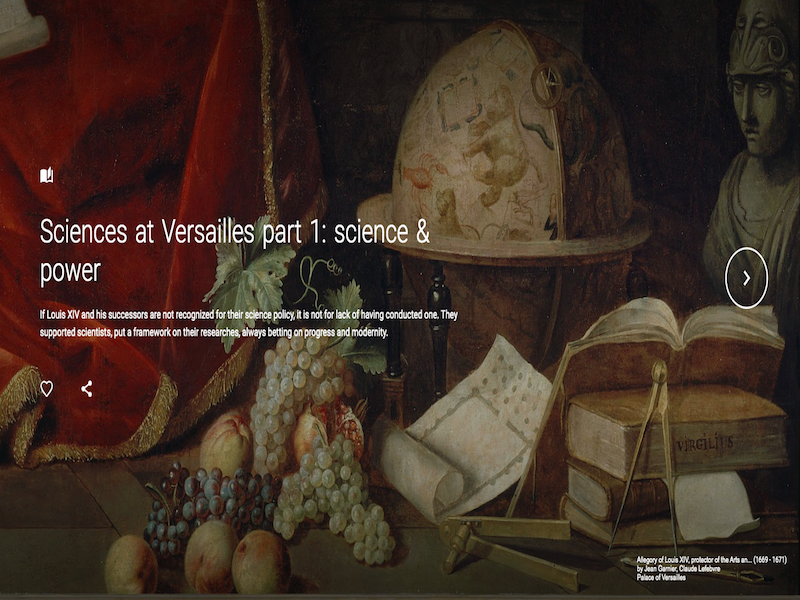
Taking one step further into the future, Christie’s Auction & Private Sales, or simply Christie’s, is making history in the art world with a new unique piece.
Everydays: The First 5,000 Days, is the first fully digital work of art to be put on sale by a major auction house. As Mickey Rapkin wrote for Esquire, “an auction house founded in London in 1766 [is] about to sell a JPEG.”
The digital collage by artist Beeple (né Mike Winkelmann) is a mosaic of 5,000 images made daily over the course of 13 years, from May 1, 2007, to Jan. 7, 2021. This unique artwork made exclusively of digital images and lines of codes is stretching the boundaries of traditional art mediums and canvases.
View this post on Instagram
This sale is also a double-innovation for Christie’s. In addition to being the first house to offer a non-fungible token (NFT) work of art, it will also accept cryptocurrency, ether (ETH), as a payment option in an online auction running from Feb. 25 to March 11. Bidding will open at $100 as this is such new territory for Christie’s that the house declined to provide an estimated price for Beeple’s artwork.
So is Christie’s auctioning a JPEG? Not exactly. To prevent digital artwork from being easily downloaded or replicated, Beeple’s work is being sold as a non-fungible token. In simpler words, “crypto art” adds a unique signature to a digital file called “tokenizing” – just like an artist would autograph his signature on a physical artwork.
Crypto art has been experiencing a boom, allowing artists from around the world to connect digitally and build virtual communities. While the pandemic wasn’t the start of crypto art, it revealed the advantages and opportunities that digital artworks – and their virtual sales – can offer.
“I think this is a truly historic moment not just for digital art, but for the entire fine art world,” Winkelmann said in a statement. “I think we are going to see an explosion of not only new artwork but also new collectors and I am very honored to be a part of this movement.”
Just as crypto art is asserting its place in the art community, it is worth wondering what other changes the art world will undergo in a post-pandemic era. In this COVID-19 induced-hiatus, artists, art dealers, and museums were forced to reexamine their practice and the role that art plays.
Smaller artists and art galleries were deeply impacted by the economic repercussions of the pandemic, crumbling under lower-than-ever sales and skyrocketing rents. Just as the pandemic shone a light on other socio-economical inequalities, the art world wasn’t spared.
Could the pandemic offer a chance for the art world to reimagine itself in a more inclusive and accessible fashion? It might have already started.
Before the pandemic even began, demand was growing for museums to represent a more diverse population through inclusive exhibitions and artworks. Attempting to break away from the “elitist” perspective that sometimes made minorities feel excluded, museums across the country had taken steps to engage with their community.
However, the pandemic really pushed museums and art galleries to show all their cards. As lockdowns across the globe left museums empty for months, art institutions were forced to reimagine ways to connect with their local communities. Lockdowns revealed the opportunities that modern technology can offer.
According to Google Trends, searches for the term “virtual tour” increased seven times – from 1,300 in February to almost 10,000 in March 2020. Google Arts & Culture partnered with over 2,500 museums and galleries to offer virtual peaks into exhibitions from around the world.

The Van Gogh Museum in Amsterdam, the National Gallery of Art in Washington D.C., the Metropolitan Museum of Art in New York City, the National Gallery in London, the Museo Frida Kahlo in Mexico, and many more art institutions now offer online exhibits bringing some of the most notorious artworks into one’s home.

For those more interested in street art, the Google Arts Project: Street Art allows users to explore an evolving collection of street art from across the globe.
By taking advantage of the technology available at our fingertips, art can become democratized and accessible by anyone with a computer and internet connection.
Like with everything else in this pandemic, there is a hopeful wish that we will use this time as an opportunity for change. While this wishful thinking might lead to positive long-term reforms, systemic changes might take longer to take place – even longer than this pandemic feels like.
But art will be affected by the pandemic. It will evolve. In the past, all major art movements have come out of significant historical events. They each took styles and characteristics reflecting the political and societal changes of the period from which they emerged. Realism came out of the advent of photography and a new interest in capturing everyday life. Expressionism was a response to conflicting world views and a loss of spirituality. Surrealism was born out of the horrors of the war. This time will be no different.
View this post on Instagram
As recent events showed us, art is a medium allowing us to connect with others across the world when no other way of communicating is left available.
In the post-pandemic world, artists will play a major role as their art will be a vehicle to record these unprecedented times, fleeting feelings, realizations, changes in habits, and lessons learned during the COVID-19 pandemic.


